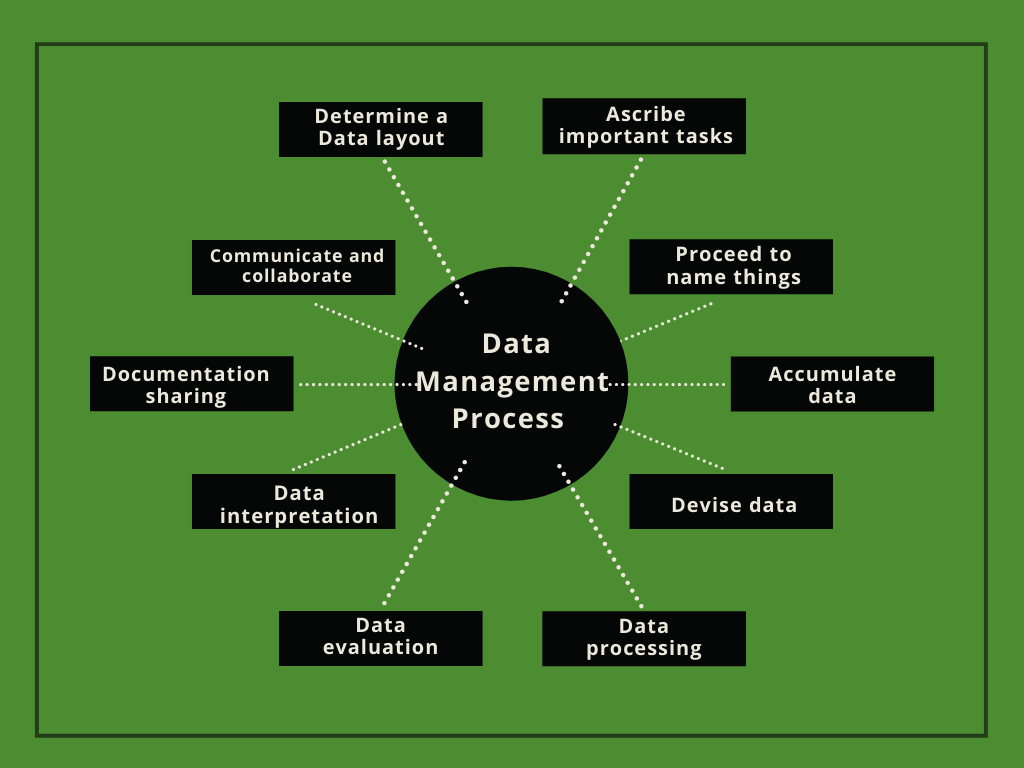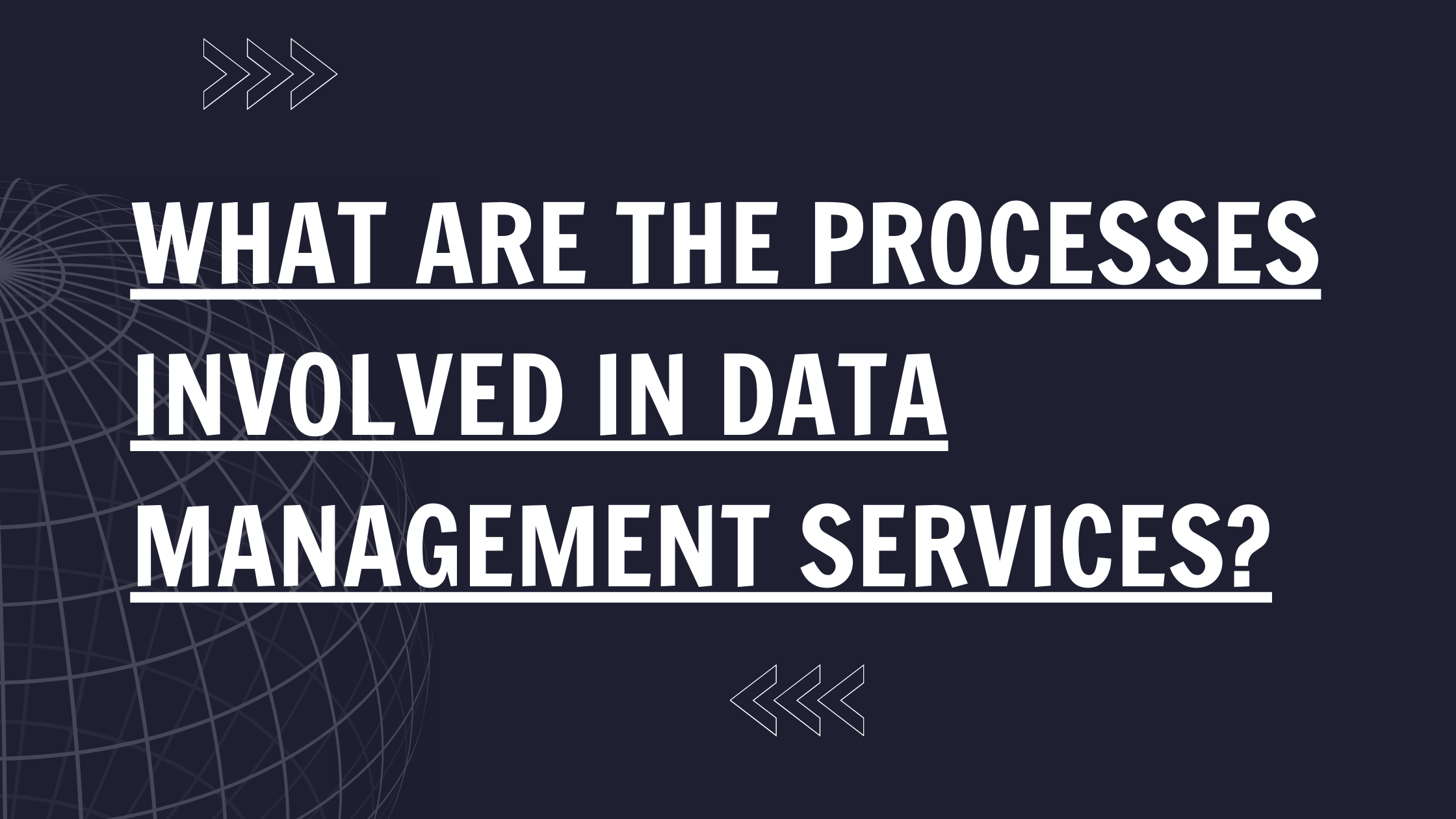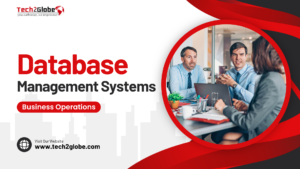The Economist has stated that data is the most valuable resource in the world. It is considered the most valuable asset for any organization or business. It is used to make important decisions, advance existing services, and adapt to the changing market requirements. However, you cannot afford to dump all your valuable information into an Excel sheet or database. For the proper organization and maintenance, your business requires a framework of data management.
Ten steps for data management process
Data management services help to define the appropriate way to collect, analyze and store information. There are several aspects involved in the process of data management.
- Determine a Data layout
It is very important to determine a data layout that acts as a blueprint in the data management process. It will help to define all the data tools and databases that are needed in your organization. You cannot move ahead without knowing the knows-hows of your data. It becomes very important for organizations that handle data at a larger scale to define a data layout.
- Ascribe important tasks
While implementing data management, it is important to assign responsibilities for every step. Furthermore, it should be made clear about the different roles ascribed to different employees. Lack of clarity can hinder the process and result in poor quality of data and ambiguity.

- Proceed to name things
You need to define the standards for naming the files and know about the factors that will affect the file’s name. It will help the user figure out the name’s content just by looking at the name provided. This process will save more time and effort.
- Accumulate data
Defining and collecting the data that you need should be done to derive an outlined output. This step is the most important data management as you will be making important decisions based on this collected data. There are various methods for collecting data. You can collect data through the daily operations of your business. You can use questionnaires and conduct surveys to gather insights. User testing or A/B testing is helpful to find out the most effective way.
- Devise data
You can start devising after collecting all the required data. Preparing data is the first step in data administration. Accuracy of the data collected should be ensured while doing this as it is difficult to process raw data. You can check the relevance by using another source against the gathered data or do an exploratory data analysis. This process will help in preparing a dataset that will be useful in further processing.
- Data processing
Data processing is the next step in strategizing your data. The constructed dataset is converted into readable data understood by specific software. Formatting of data is included in this data management process. For example, you can merge all the field names for customer data into one field or ensure the same format for all the timestamps.
- Data evaluation
Evaluating the data is an important step in the process. Data is analyzed and examined closely to fetch out meaningful results. You can use specific software to evaluate the data, which will help find the relevant patterns and better data processing. It is an effective and time-efficient method. You can use the analyzed data to get better results in the existing services and processes.
- Data interpretation
This step will help to cite all the steps involved before and their outcomes. Then, you can outline and summarize the results in a video, report, or presentation. Ensure that you are storing these artifacts with the help of the terminology used in naming things.
- Documentation sharing
The collection of data is a lengthy and continuous process. Therefore, sharing the documentation about the data management process with the team members becomes important. Without the total understanding by each member about the standards and related responsibilities, it would be impossible to proceed with the data management process. This step also helps to educate the employees to learn about the new tools used.
- Communicate and collaborate
It becomes essential for large organizations to communicate and collaborate within the departments properly. You can optimize further efficiency and avoid uncertainty by creating a cross-department data management process. It will help to improve your data quality and avert any confusion by any department.










